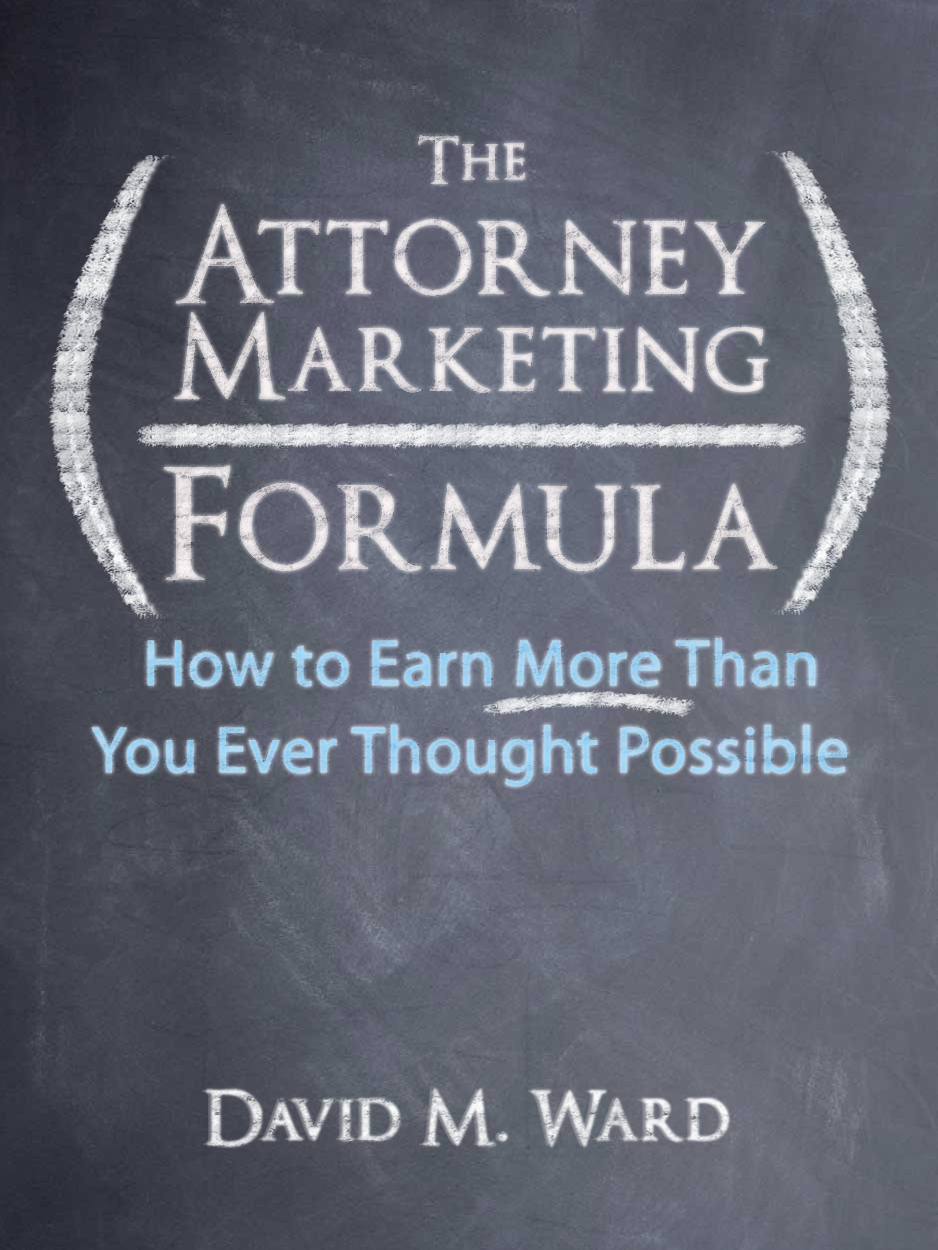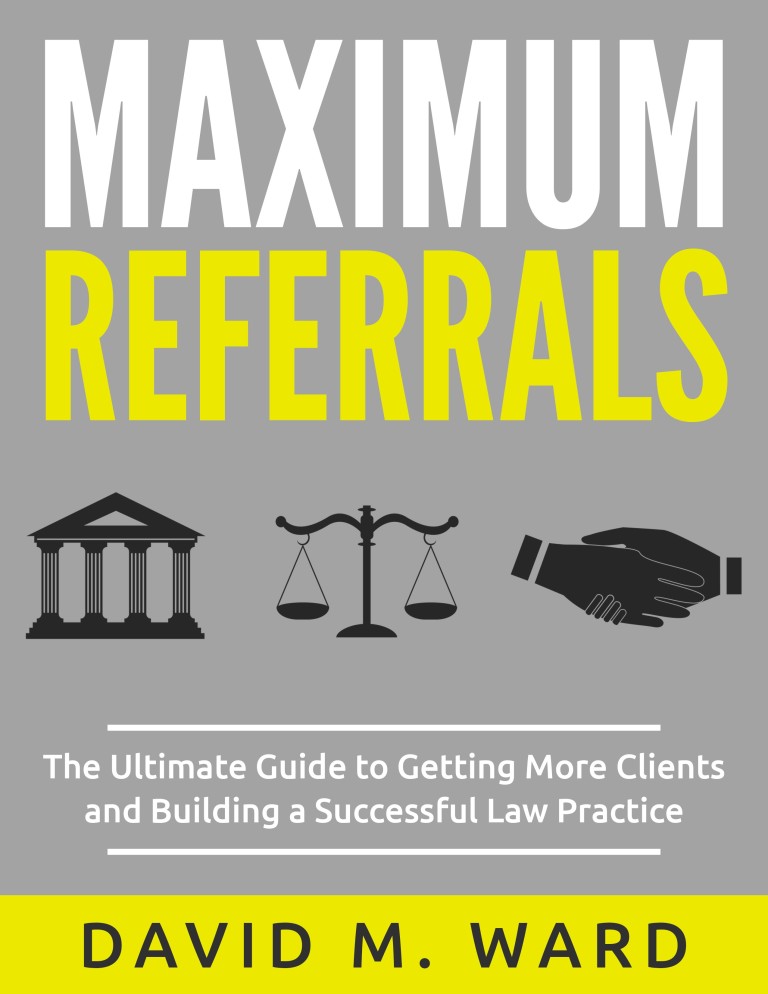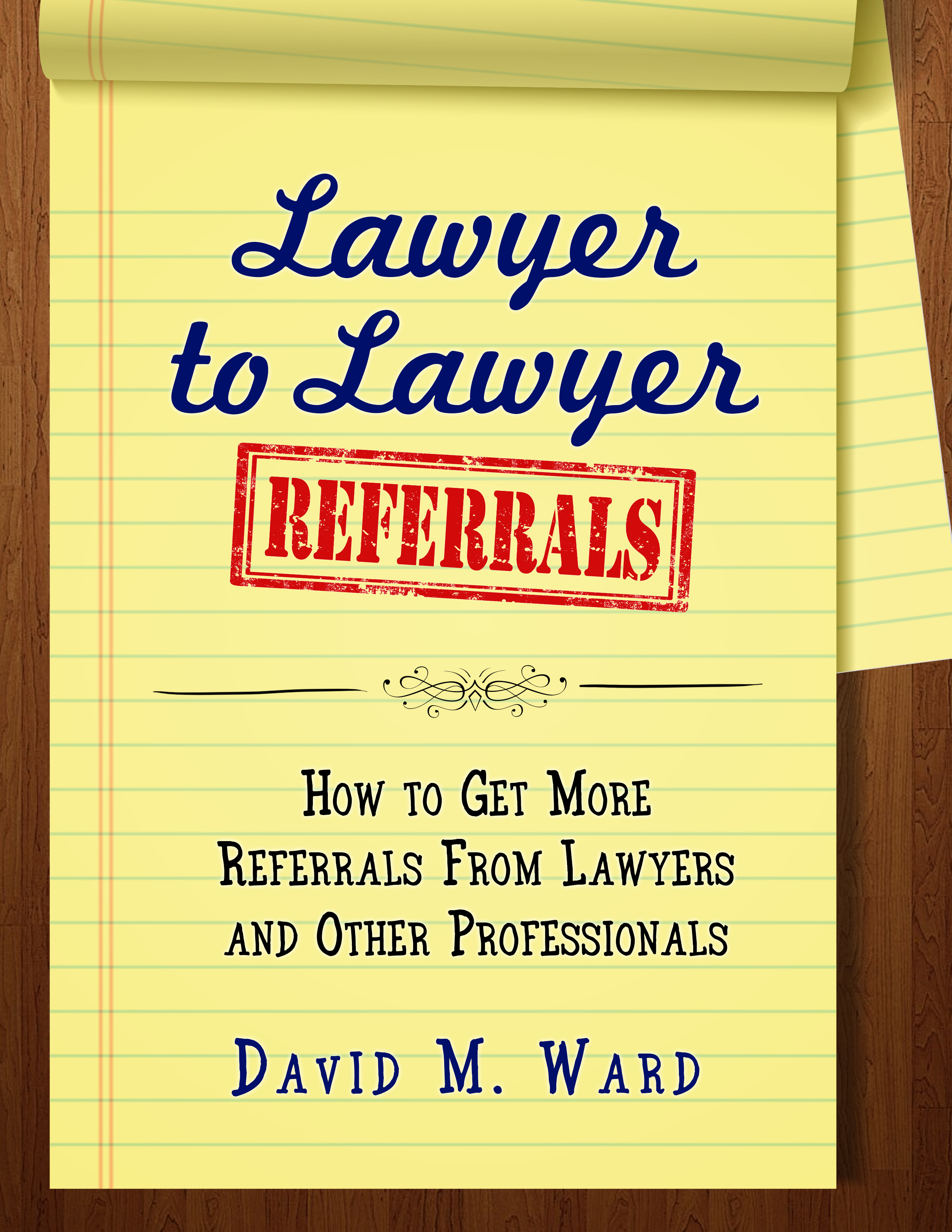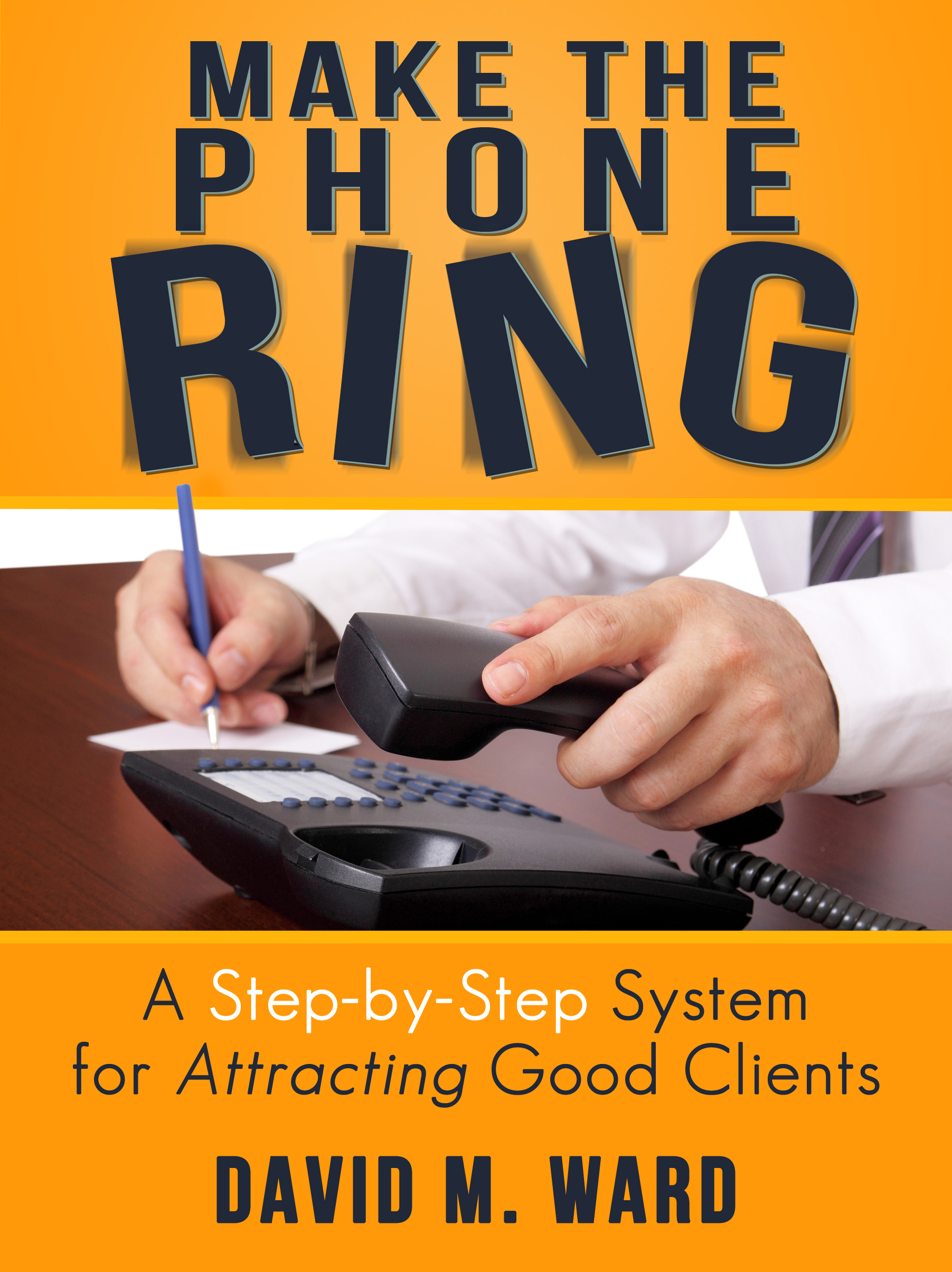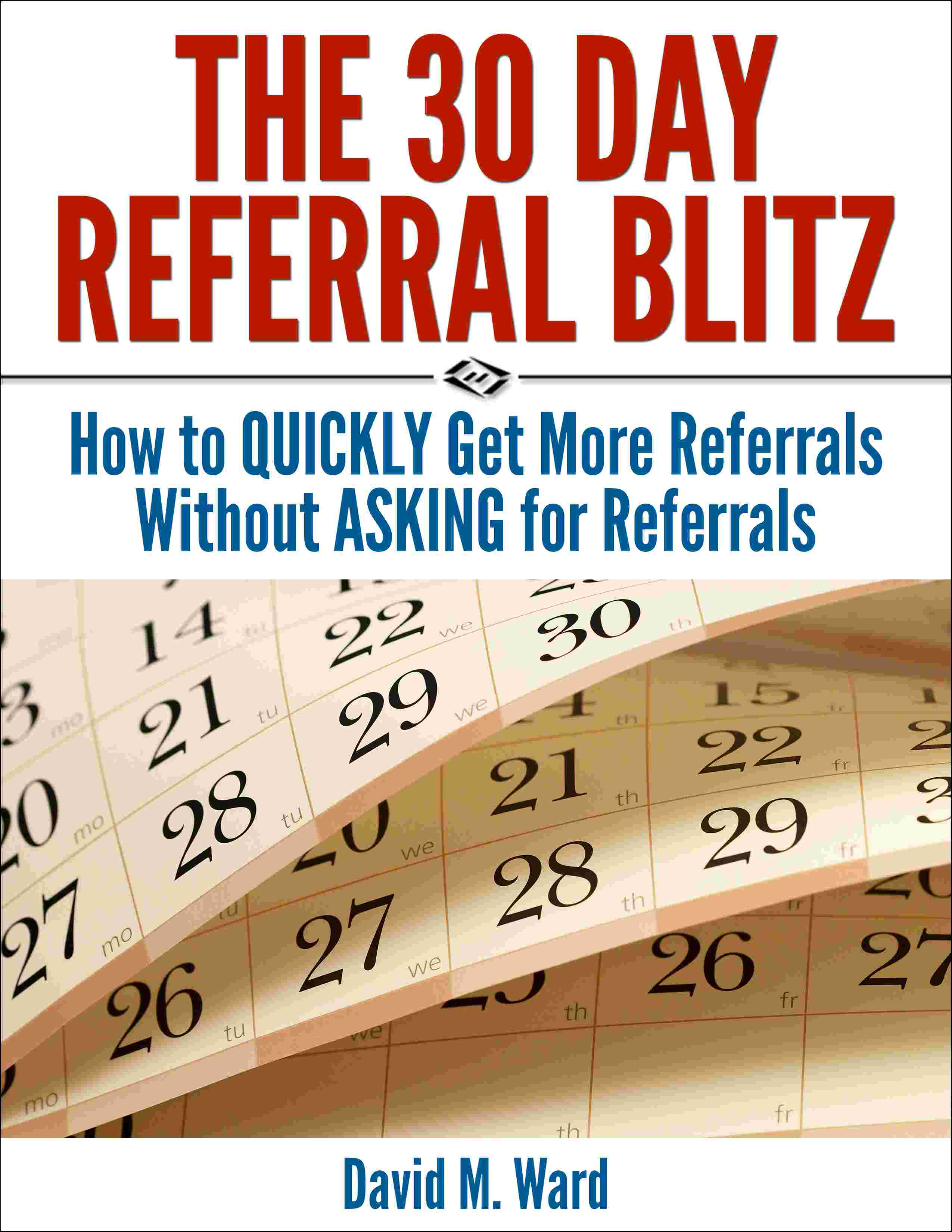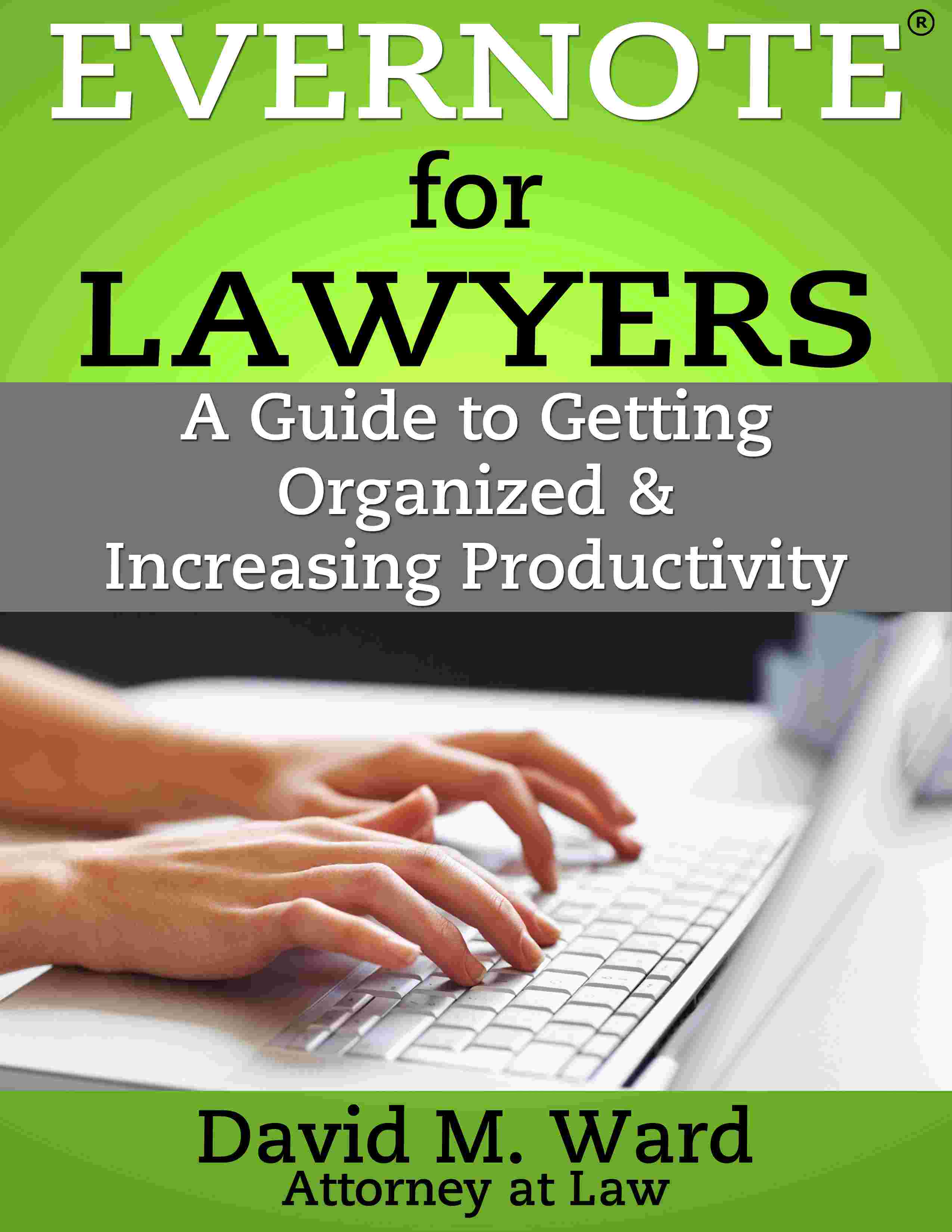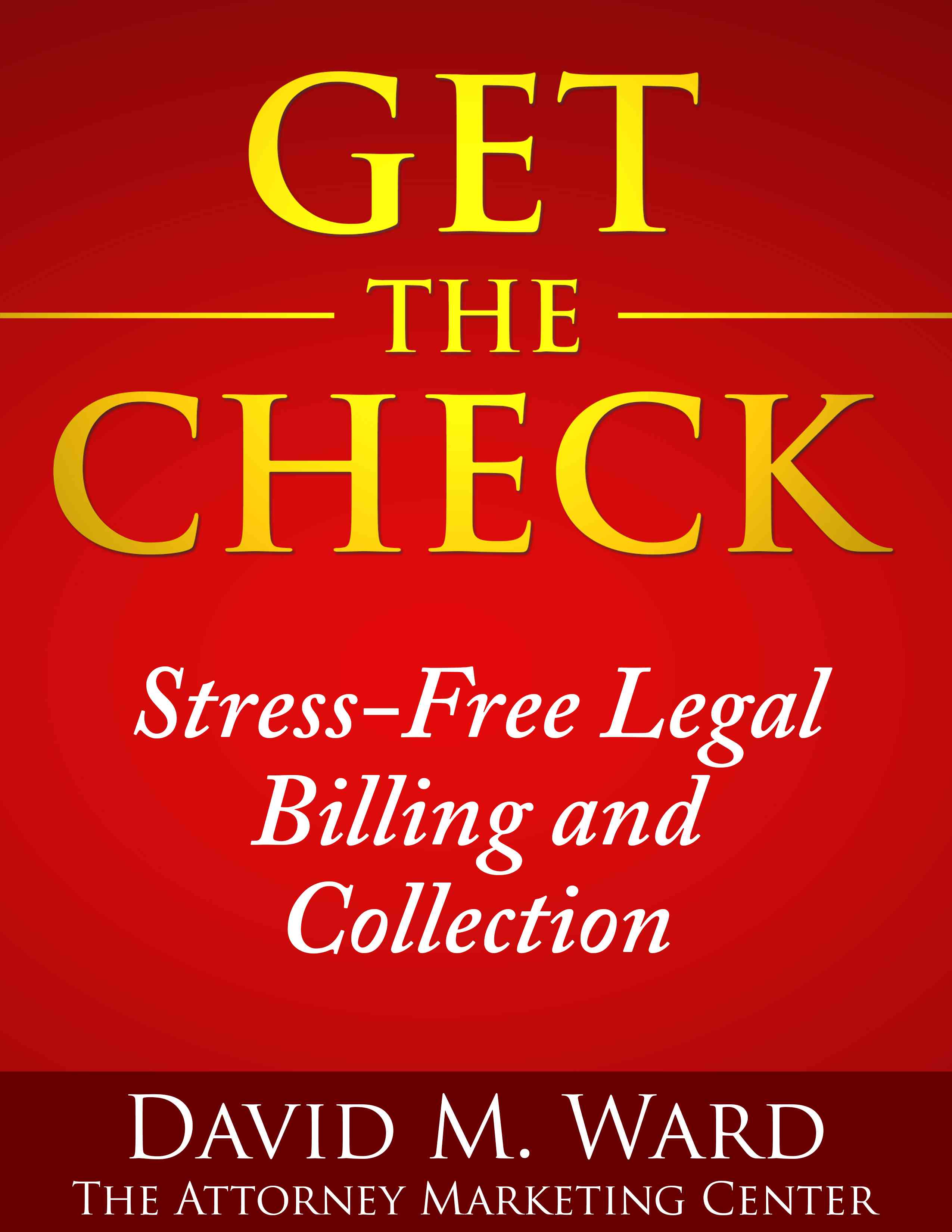Do you put your website address on your business card, letterhead, or in your email signature (under your name and phone number)?
If you do, guess what? You’re advertising.
Okay, let’s call it “soft advertising” but advertising it is. And it is good.
It doesn’t cost you anything; it doesn’t violate any rules, and it doesn’t make you uncomfortable.
But yes, it is advertising.
Let’s play with this idea a bit. Where else do you (or might you) mention the URL of your website (and/or blog)?
Lots of places.
How about in your email “away message”? Or the “thank you” email message you send to people who subscribe to your newsletter? In your bio on social media, on a flyer announcing your next speaking engagement, in cover letters and memos to clients—anywhere, and everywhere, because you want people to find you and learn more about what you do.
Yes?
Now, let’s face it, mentioning your website or blog is child’s play. So is mentioning your social media profiles. Anyone can do that, and almost everyone does. So, let’s play with this a bit more.
Besides your website (and social profiles), what else might you “mention” in all those places?
Here’s one: instead of just the “front page” of your website, you might provide the url to a list of your services, or your “About” page. So, when someone wants to know who you are and what you do, or “what else” you do, they can quickly find out.
They don’t have to search, they can click and see. When they do, they might do more clicking and see other things you want them to see and know.
What else?
Do you have an upcoming presentation or webinar? An article just published in your bar journal? Have you published a book? Achieved a milestone or received an award?
Couldn’t you put those in your email signature or your bio on LinkedIn?
Yes, you could. (And should).
You’ve got this. Anything you want to promote, you can use soft advertising to promote it. If not for you, maybe for a good cause. Do you have a favorite charity? Why not mention it and provide a link?
One more thing. In correspondence with clients, look for opportunities to promote (a) feedback (surveys, reviews, testimonials, and (b) referrals.
When you do, you will have mastered the “soft advertising” game. Be proud.

